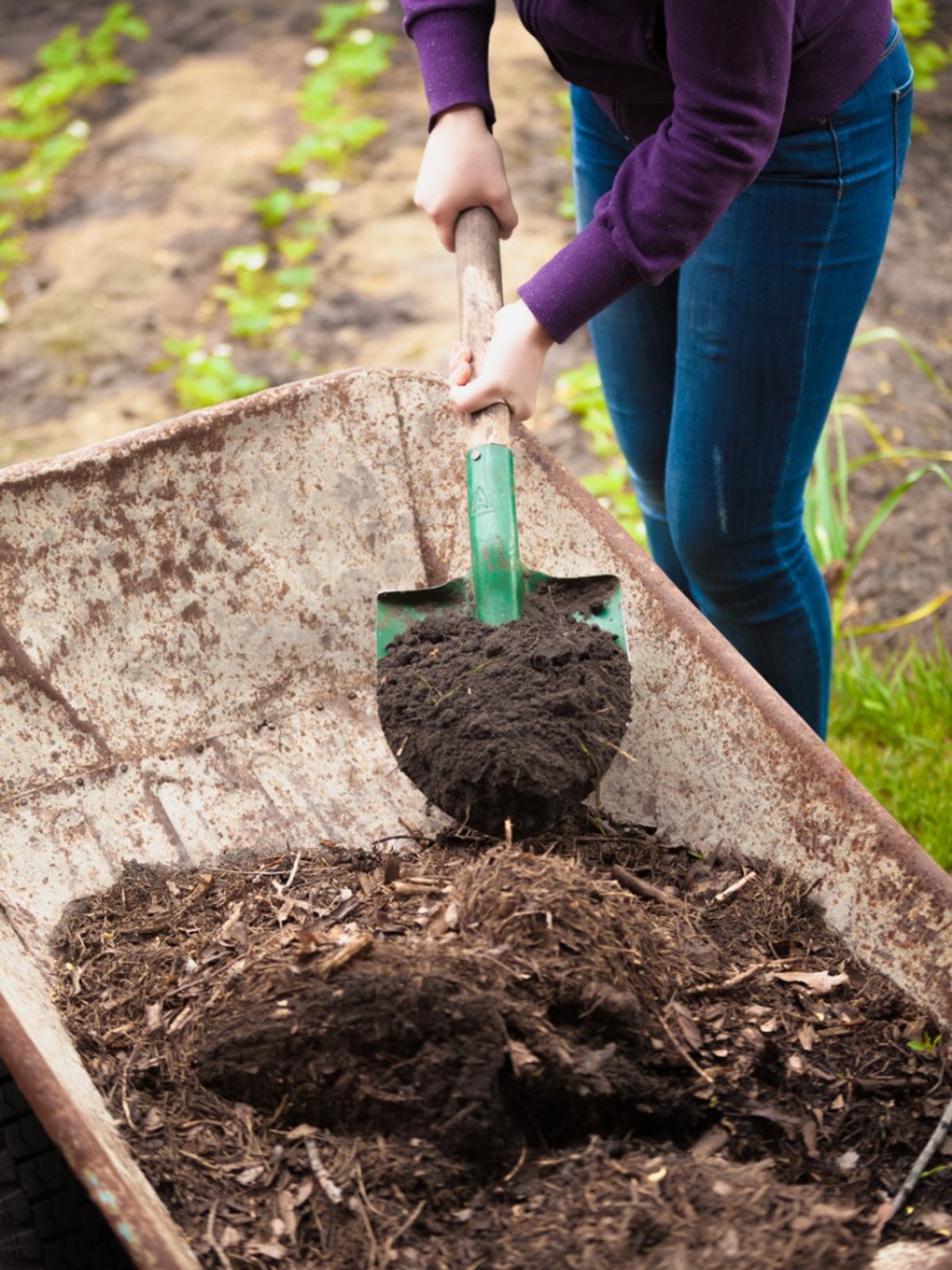Sheet Mulch Info: How To Use Sheet Mulching In The Garden

Starting a garden from scratch can involve a lot of backbreaking labor, especially if the soil underneath the weeds is made of clay or sand. Traditional gardeners dig out the existing plants and weeds, till the soil, and amend it, then put in plants for landscaping or food growing. There's a smarter way to do this, and it's called sheet composting or sheet mulching. What is sheet mulching? Keep reading to learn more about sheet mulch gardening.
What is Sheet Mulching?
Sheet mulching involves the layering of organic materials, similar to lasagna gardening. Different layers of ingredients are placed on the ground in layers, much like building lasagna in a pan. The layers turn the existing weeds into compost and add nutrients and soil amendments to the dirt underneath, while allowing a first year's planting to start your garden. Save time and effort by using sheet mulching when converting a grassy space into a new garden bed.
How to Use Sheet Mulching in the Garden
The key to sheet mulching is building up the layers to create a complete compost heap in one flat space. Accomplish this by layering materials with different chemicals to offer, such as nitrogen or potassium. Start the process by removing as much of the old grass as possible. Mow the yard at the closest setting and remove the clippings, unless you have a mulching setting on your mower. Top the grass with a 2-inch (5 cm.) layer of compost. Add the compost until you no longer see any grass blades. On top of the compost, layer the grass clippings and more green waste to a depth of 2 inches (5 cm.). Water well until the entire bed is soaked. Cover the green clippings with a layer of newspaper or cardboard. If using newspaper, make it about eight sheets thick and overlap the sheets so that the paper completely covers the entire garden bed. Sprinkle water on the newspaper or cardboard to help keep it in place. Cover the paper with a 3-inch (7.5 cm.) layer of compost. Cover this with a 2 to 3 inch (5-7.5 cm.) layer of wood chips, sawdust, chopped tree prunings, or other other organic mulch. Nestle larger plants or smaller seedlings in the mulch. The roots will grow down through the mulch and grow well in the compost below, while the compost and clippings underneath the paper will break down the grass and weeds, turning the entire plot into a well-drained, moisture-retaining bed. That's it. Quick and easy, sheet mulch gardening is a great way to grow gardens organically and is a common method applied to permaculture gardens.
Sign up for the Gardening Know How newsletter today and receive a free copy of our e-book "How to Grow Delicious Tomatoes".